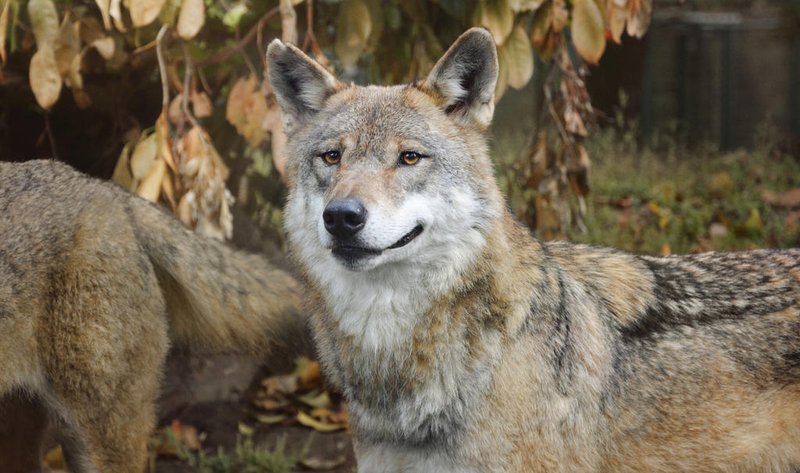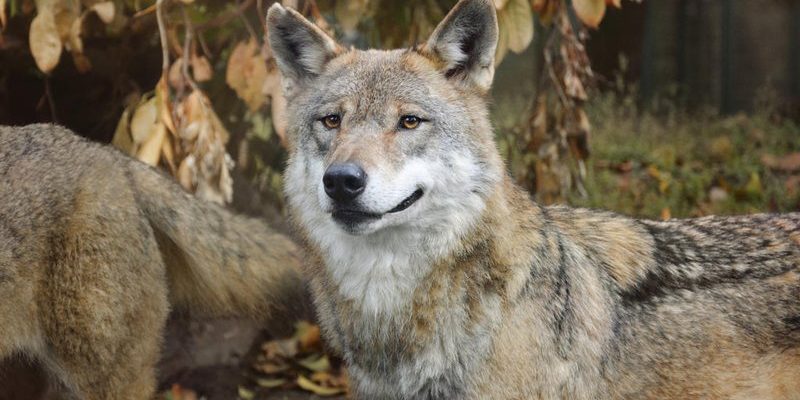
Imagine you’re out for a hike in the woods when you stumble upon a rabbit. That rabbit might be more than just a cute sight; it could be hosting some wolf worms! Understanding how these worms interact with their environment helps us see the bigger picture of biodiversity and animal health. So, let’s dive deeper into this intriguing world and understand how different climates influence wolf worm season.
What Are Wolf Worms?
Wolf worms are the larval stage of the botfly, a type of fly that lays its eggs on the skin of a host animal. When the eggs hatch, the larvae burrow into the host’s body, creating quite the cozy habitat for themselves. This isn’t just a minor inconvenience for the host; it can lead to serious health issues. In many cases, the host can suffer from infections as the larvae develop.
These worms are particularly notable for their life cycle, which is influenced by climatic factors. The warmer the weather, the faster they can grow. Think of it like a garden: the right amount of sunlight and warmth can help plants thrive. For wolf worms, the high temperatures in certain climates can lead to more frequent host infestations.
The Life Cycle of Wolf Worms
Understanding the life cycle of wolf worms gives us insight into their seasonality. This cycle typically involves four stages: egg, larva, pupa, and adult fly.
1. Egg Stage: Female botflies lay eggs on their hosts or in the environment, often during warmer months.
2. Larval Stage: The larvae hatch and immediately burrow into their host. Depending on the climate, this stage can last from weeks to months.
3. Pupal Stage: Once they mature, the larvae exit the host and pupate in the soil, preparing to emerge as adult flies.
4. Adult Stage: The adult fly emerges, laying eggs and repeating the cycle.
Here’s the thing: in warmer climates, these stages can progress rapidly, meaning you might see more wolf worms in areas where it stays warm for longer periods. In colder climates, their development slows down significantly, which can lead to fewer observed cases.
How Climate Affects Wolf Worm Populations
Climate plays a crucial role in the distribution and health of wolf worms. Depending on where you are in the world, the temperature and humidity can determine how many worms you might encounter.
– In tropical climates, with their steady warmth and humidity, wolf worms thrive. These conditions enable rapid reproduction and development, often resulting in higher populations and more host animals being affected.
– Temperate zones, where seasons change, present a different scenario. Here, wolf worm populations may spike in late spring and summer when conditions are just right. In the cooler months, the population dwindles as the larvae either pupate or die off due to lower temperatures.
– Arctic or sub-arctic climates are particularly harsh. Wolf worms struggle to survive the extreme cold, leading to very few cases being reported. The short growing season means that their life cycle is cut short, and they rarely find suitable hosts.
With all of this in mind, it’s clear that climate has a significant impact on wolf worm seasonality and the health of ecosystems.
Wolf Worm Activity by Region
Let’s take a closer look at some specific regions and how their climates affect wolf worm activity.
Tropical Regions
In tropical regions like parts of South America, wolf worms are active year-round. The consistent warmth creates an environment where they can thrive. Animal hosts, like rodents, are frequently available, making it a perfect setting for the worms. These areas might see multiple generations of wolf worms within a single year, leading to significant impacts on local wildlife.
Temperate Regions
In temperate regions such as much of the United States and Europe, wolf worms typically see a seasonal pattern. They tend to emerge in late spring and peak during summer months as temperatures rise. This period aligns with the breeding cycles of many host animals, allowing wolf worms to find plenty of opportunities to infest them.
Desert Regions
Interestingly, in desert regions, you might think the harshness would reduce wolf worm populations. However, some species adapt quite well. During cooler nights, they can become active, and host animals like rabbits or rodents can still be found. The unique adaptations of these worms help them thrive despite the extreme temperatures.
Impact on Hosts and Ecosystems
Wolf worms can cause varying degrees of harm to their animal hosts. While some animals might survive an infestation without serious consequences, others may suffer from infections or even death. This can lead to significant impacts on local ecosystems.
When host populations decline due to wolf worm infections, it creates a ripple effect throughout the ecosystem. Predators that rely on these smaller animals for food may find it harder to survive, leading to broader changes in the food web. Conserving healthy animal populations is essential for maintaining the balance in nature.
Prevention and Management of Wolf Worm Infestations
For pet owners or those involved in wildlife conservation, it’s essential to understand how to manage wolf worm infestations. Here are a few steps to consider:
- Regular Check-Ups: If you have pets, ensure they’re regularly checked by a veterinarian. This can help catch any infestations early.
- Minimize Contact: Avoid letting pets roam in areas known for high wolf worm activity, especially during peak seasons.
- Education: Learn about wolf worms and their life cycle. Understanding their patterns can help you stay alert and proactive.
By being aware of when and where wolf worms are most active, you can better protect both pets and local wildlife.
Wolf worms may sound like creatures from a horror movie, but their role in the ecosystem is fascinating and complex. As we’ve explored, their seasonality varies significantly depending on climate, which influences everything from their life cycle to their impact on host animals. By understanding these patterns, we can foster a healthier relationship with the environment and help support local wildlife. So, next time you’re out in nature, keep an eye out for these intriguing creatures and remember how climate shapes their world.

